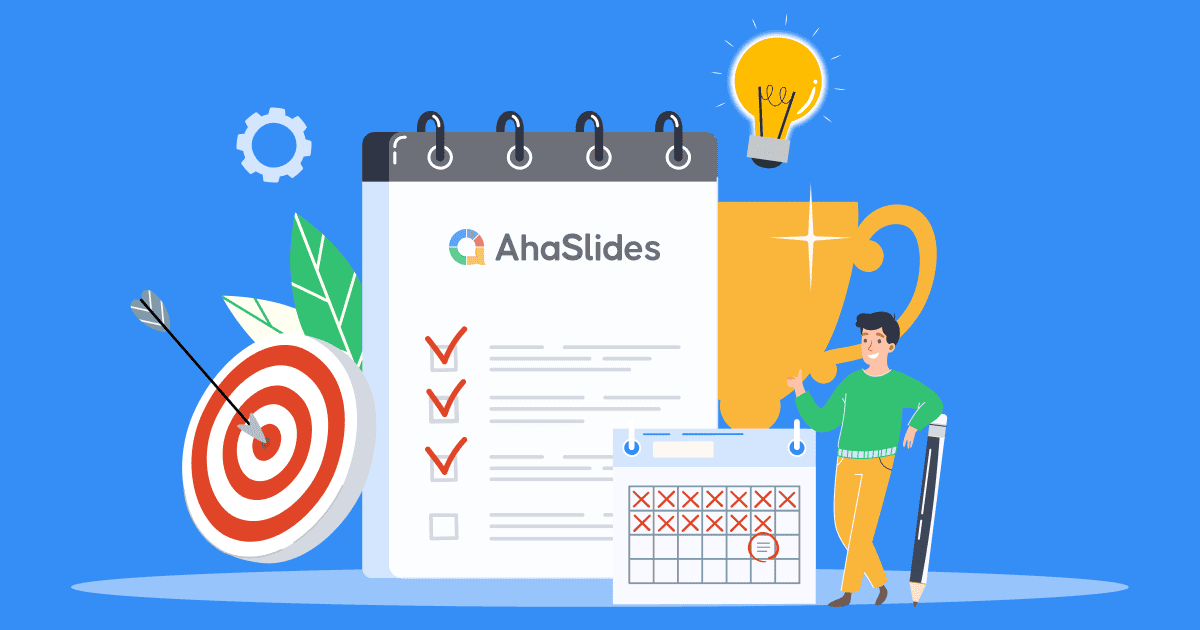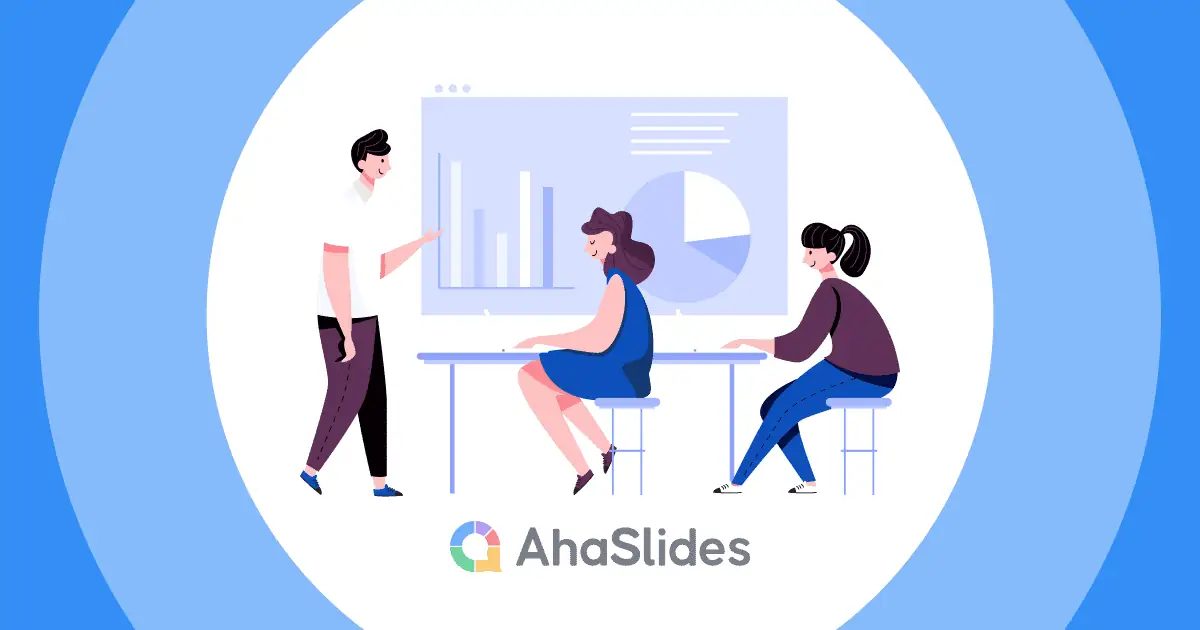Almost all corporations invest enormous amounts of money in Leadership training, which was at $403.2B worldwide in 2025, and it is forecasted to increase continually in the next decade.
The market's change, generational shifts, advanced technology, and innovative business models lead to leadership change, which drives the urgency of developing a new leader generation shortly.
To stay ahead of the game, each organisation has to adapt new leadership training to identify more potential talents and maintain low employee turnover rates by ensuring everyone has a chance to develop their leadership skills.
Table of Contents
- Overview
- What is a Leadership Development Plan?
- Importance of leadership development plans
- 5 Steps to creating a leadership development plan
- 5 Leadership training examples
- Final Thoughts
- Frequently Asked Questions
What is a Leadership Development Plan?
An action plan to improve leadership skills is a comprehensive program that outlines the steps and strategies an individual will take to develop their leadership skills and abilities. It is a roadmap for personal and professional growth that helps individuals identify their strengths and areas for improvement and set goals for their development.
So, who can participate in the Leadership development plan?
- Executives: Executives can benefit from leadership development plans that help them hone their strategic thinking, decision-making, and communication skills, and develop a leadership style that aligns with the organization's goals and values.
- Managers: Managers can benefit from leadership development plans that help them improve their people management skills, motivate and engage their teams, and drive performance.
- Emerging leaders: Emerging leaders, such as high-potential employees, can benefit from leadership development plans that help them develop the skills and competencies required for future leadership roles.
- Individual contributors: Even individual contributors who are not in formal leadership roles can benefit from leadership development plans that help them develop the skills required to influence and lead others, such as communication, collaboration, and problem-solving.
- New hires: New hires can benefit from leadership development plans that help them integrate into the organization and develop the skills required to succeed in their roles, such as time management, prioritization, and goal setting.

Importance of a Leadership Development Plan
In The Conference Board and Development Dimensions International, it is said that the businesses that conduct a comprehensive strategy for leadership development outperform those that constrain leadership development by 4.2 times, said The Global Leadership Forecast 2018.
- Develops effective leaders
Leadership development programs help individuals develop the skills and competencies required to be effective leaders. They learn how to lead teams, communicate effectively, solve problems, and make decisions that drive organizational success.
- Succession planning
Leadership development programs also prepare organizations for succession planning. By identifying and developing future leaders, organizations can ensure a smooth transition when current leaders retire, resign or move on to other roles.
- Retention of top talent
Leadership development programs can help retain top talent by demonstrating a commitment to employee growth and development. Organizations that invest in their employees' growth and development are more likely to retain their top talent.
- Improved performance
Effective leadership is essential for driving organizational performance. Leadership development programs help leaders understand their roles and responsibilities, motivate their teams, and align their efforts with the organization's goals, leading to improved performance.
- Adaptation to change
Effective leaders are able to adapt to changing circumstances and steer their organizations through uncertainty. Leadership development programs help leaders develop the resilience, flexibility, and creativity required to navigate change and uncertainty.
- Innovation
Effective leadership is essential for driving innovation. Leaders who encourage experimentation, risk-taking, and creativity are more likely to drive innovation and develop new products and services that meet evolving customer needs.

5 Steps to Creating a Leadership Development Plan
Step 1: Analyze the Gap
Creating a leadership development plan can be a helpful way to identify the right talents to follow organizational culture and contribute to business growth, along with determining their strengths and areas for improvement, as well as set goals and strategies for achieving them.
In the first stage, it is important for companies to perceive what the company needs most in their upcoming leaders. Based on the perceived need and the current state, companies can determine the values and goals of the leadership program to ensure they fit the company culture and vision.
Step 2: Assess and identify talent
Assessing and identifying talents is a critical process for organizations to ensure they have the right people in the right roles, with the right skills, abilities, and potential for growth.
Start by defining the competencies, traits, skills, and knowledge required for the role. Then, identify a talent pool of individuals who have the potential to succeed in the role. By using assessment tools such as interviews, skills tests, personality assessments, and performance evaluations, you can better evaluate the competencies and skills of candidates.
Step 3: Pick out the leadership style
Identify what kind of leader you want to be and what you want to accomplish in your leadership role. Your vision should be inspiring, realistic, and aligned with your values. There are many leadership styles, and it takes time to recognize which style you can adopt and what to avoid in different circumstances.
| Democratic Leadership | Strategic Leadership |
| Autocratic Leadership | Bureaucratic Leadership |
| Transformational Leadership | Transactional Leadership |
| Charismatic Leadership | Laissez-faire Leadership |
Step 4: Design leadership training programs
Each leadership development plan should be carefully designed to meet leadership training goals. It should combine setting goals, identifying areas for improvement, and working on strategies to improve leadership effectiveness and advance their careers.
You can look for details of leadership development programs explained in the next part "5 Leadership training examples".
Step 5: Evaluate and monitor progress and achievement
After putting a plan into action, continuously evaluate and adjust your talent assessment and identification process to ensure it is effective and aligned with your organization's goals and strategies. This includes regularly reviewing your talent pool, reassessing the competencies and skills required for the role, and identifying new sources of talent.
5 Leadership Training Examples
1. Leadership Skills training
You can obtain professional certifications from reliable institutions of leadership and management around the world, or the company can absolutely design programs on your own. Depending on the relevance to the candidate's current role, and planned career path, the company can offer suitable upskilling courses. Here are the 7 hottest Leadership Training Topics that your company might consider as follows:
- Strategic thinking
- Agility and time management
- Conflict resolution
- Adaptive leadership
- Employee engagement
- Cultural Intelligence
- Emotional intelligence
2. Coaching
Leadership coaching can be particularly effective for individuals who are looking to boost their careers, improve their leadership skills, or navigate complex organizational challenges. You can acquire a certified leadership coach by working with an experienced coach to help the individual develop the skills and confidence needed to lead effectively.
3. Job shadowing
Job shadowing can be a particularly effective strategy for individuals who are looking to develop their leadership skills within a specific organization or industry. By observing leaders within their own organization, individuals can gain a better understanding of the organization's culture, values, and operating norms, which can be critical for success as a leader.
4. Job rotation
Job rotation is a good leadership training example, which involves a process of moving individuals through different roles and functions within an organization to develop their leadership skills. Job rotation typically involves a planned series of assignments, where individuals are moved through different departments or functional areas of the organization to gain a broad understanding of the organization's operations and build leadership skills.
5. Self-paced learning
Self-paced learning is a type of learning that involves short, bite-sized learning activities that learners can complete on their own schedule. It typically involves breaking down complex topics or concepts into smaller, more manageable chunks of information that can be easily understood and absorbed.
Self-paced learning can take many different forms, including videos, interactive quizzes, podcasts, infographics, and more. The key feature of self-paced learning is that it allows learners to complete the activities at their own pace and on their own schedule, which can be particularly useful for busy learners who need to fit learning into their already-packed schedules.

Final Thoughts
For many HR, it is necessary to customize different training programs in specific periods to help companies retain talents and upgrade employee leadership skills. To support Training and development, you can apply online presentation tools like AhaSlides to make these events more intensive, captivating and exciting.
AhaSlides provides many advanced features to help HR collect 360-Degree Feedback in real-time, along with surveys and live polls, quizzes, and team-building activities to engage employees, leaders, and organizations and organize and plan successful leadership training programs.
Frequently Asked Questions
What is a leadership development plan?
A leadership development plan is a structured approach to improving an individual's leadership skills and capabilities. It is a personalized roadmap that outlines specific goals, strategies, and actions to enhance leadership competencies and achieve professional growth.
How to write a leadership development plan?
Writing a leadership development plan involves systematically articulating your goals, strategies, and actions to enhance your leadership skills. Firstly, you must research first, define leadership development goals, identify strategies and actions, create a timeline, seek resources and support from others, establish evaluation and feedback mechanisms, monitor and adjust, so the development plan should hold commitment and accountability.
Where can I find leadership development plan templates?
You can search online with keywords such as "leadership development plan template" or "leadership development plan example." This will provide you with various templates available on websites, blogs, and professional development platforms. You can customize these templates to suit your specific needs. There are also Professional Development Organizations you can find, as they share lots of free and paid templates as a starting point to create your plan. There are also books, guides and different groups you can network with to get the best templates suitable for your needs.








